| [1] Matsumoto T, Hashimura M, Takayama K, et al. A radiographic analysis of alignment of the lower extremities-initiation and progression of varus-type knee osteoarthritis. Osteoarthritis Cartilage. 2015;23(2):217-223.
[2] Teeter MG, Leitch KM, Pape D, et al. Radiostereometric analysis of early anatomical changes following medial opening wedge high tibial osteotomy. Knee. 2015;22(1):41-46.
[3] Kharbanda Y, Sharma M. Autograft reconstructions for bone defects in primary total knee replacement in severe varus knees. Indian J Orthop. 2014;48(3):313-318.
[4] Berend ME, Ritter MA, Keating EM, et al. Use of screws and cement in primary TKA with up to 20 years follow-up. J Arthroplasty. 2014;29(6):1207-1210.
[5] Completo A, Fonseca F, Ramos A, et al. Comparative assessment of different reconstructive techniques of distal femur in revision total knee arthroplasty. Knee Surg Sports Traumatol Arthrosc. 2015.
[6] Kamath AF, Lewallen DG, Hanssen AD. Porous tantalum metaphyseal cones for severe tibial bone loss in revision knee arthroplasty: a five to nine-year follow-up. J Bone Joint Surg Am. 2015;97(3):216-223.
[7] Nishikawa K, Mizu-Uchi H, Okazaki K, et al. Accuracy of proximal tibial bone cut using anterior border of tibia as bony landmark in total knee arthroplasty. J Arthroplasty. 2015.
[8] Innocenti M, Matassi F, Carulli C, et al. Joint line position in revision total knee arthroplasty: the role of posterior femoral off-set stems. Knee. 2013;20(6):447-450.
[9] Porteous AJ, Hassaballa MA, Newman JH. Does the joint line matter in revision total knee replacement? J Bone Joint Surg Br. 2008;90(7):879-884.
[10] Hofmann AA, Kurtin SM, Lyons S, et al. Clinical and radiographic analysis of accurate restoration of the joint line in revision total knee arthroplasty. J Arthroplasty. 2006;21:1154-1162.
[11] Martin JW, Whiteside LA. The influence of joint line position on knee stability after condylar knee arthroplasty. Clin Orthop Relat Res. 1990;(259):146-156.
[12] 徐长明,储小兵,冯明光,等.全膝关节置换中不同关节线高度对髌股关节接触压强的影响[J].第二军医大学学报,2006,27(11): 1235-1238.
[13] Gurbuz H, Cakar M, Adas M, et al. Measurement of the knee joint line in Turkish population. Acta Orthop Traumatol Turc. 2015,49(1):41-44.
[14] Kazemi SM, Daftari BL, Eajazi A, et al. Pseudo-patella baja after total knee arthroplasty. Med Sci Monit. 2011;17(5):R292-R296.
[15] Chonko DJ, Lombardi AJ, Berend KR. Patella baja and total knee arthroplasty (TKA): etiology, diagnosis, and management. Surg Technol Int. 2004;12:231-238.
[16] Grelsamer RP. Patella baja after total knee arthroplasty: is it really patella baja? J Arthroplasty. 2002;17(1):66-69.
[17] Stern SH, Insall JN. Posterior stabilized prosthesis. Results after follow-up of nine to twelve years. J Bone Joint Surg Am. 1992;74(7):980-986.
[18] Figgie HR, Goldberg VM, Heiple KG, et al. The influence of tibial-patellofemoral location on function of the knee in patients with the posterior stabilized condylar knee prosthesis. J Bone Joint Surg Am. 1986;68:1035-1040.
[19] Berger RA, Rubash HE, Seel MJ, et al. Determining the rotational alignment of the femoral component in total knee arthroplasty using the epicondylar axis. Clin Orthop Relat Res. 1993;(286):40-47.
[20] Selvarajah E, Hooper G. Restoration of the joint line in total knee arthroplasty. J Arthroplasty. 2009;24(7):1099-1102.
[21] Servien E, Viskontas D, Giuffre B M, et al. Reliability of bony landmarks for restoration of the joint line in revision knee arthroplasty. Knee Surg Sports Traumatol Arthrosc. 2008; 16(3):263-269.
[22] Stiehl JB, Abbott BD. Morphology of the transepicondylar axis and its application in primary and revision total knee arthroplasty. J Arthroplasty. 1995;10(6):785-789.
[23] Tang Q, Zhou Y, Yang D, et al. The knee joint line position measured from the tibial side in Chinese people. J Arthroplasty. 2011;26(7):989-993.
[24] Tan CM, Liau JJ, Chen WT, et al. The accuracy of posterior condylar angles measured by one MR image. Clin Orthop Relat Res. 2007;456:159-163.
[25] Griffin FM, Math K, Scuderi GR, et al. Anatomy of the epicondyles of the distal femur: MRI analysis of normal knees. J Arthroplasty. 2000;15(3):354-359.
[26] Rajagopal TS, Nathwani D. Can interepicondylar distance predict joint line position in primary and revision knee arthroplasty? Am J Orthop (Belle Mead NJ). 2011;40(4):175-178.
[27] Laskin RS. Management of the patella during revision total knee replacement arthroplasty. Orthop Clin North Am. 1998; 29(2):355-360.
[28] Havet E, Gabrion A, Leiber-Wackenheim F, et al. Radiological study of the knee joint line position measured from the fibular head and proximal tibial landmarks. Surg Radiol Anat. 2007; 29(4):285-289.
[29] Neyret P, Robinson AH, Le Coultre B, et al. Patellar tendon length-the factor in patellar instability? Knee. 2002;9(1):3-6.
Classen T, Wegner A, von Knoch M. Modification of the method of Figgie for determination of joint line shifting in total knee arthroplasty. Radiologe. 20 |
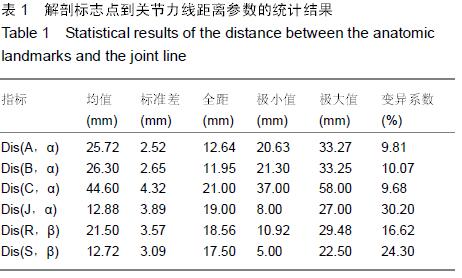
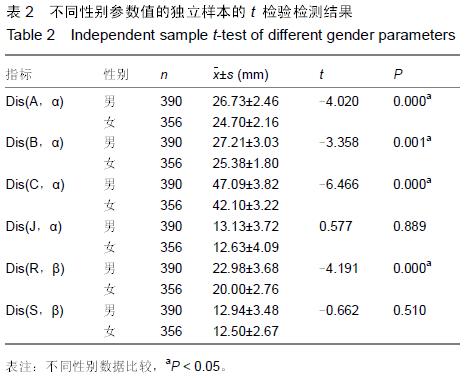
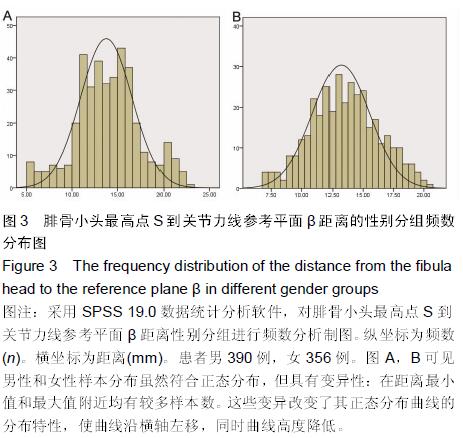
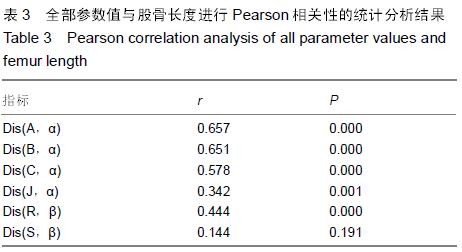
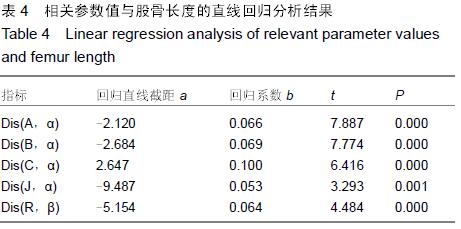
.jpg)
.jpg)